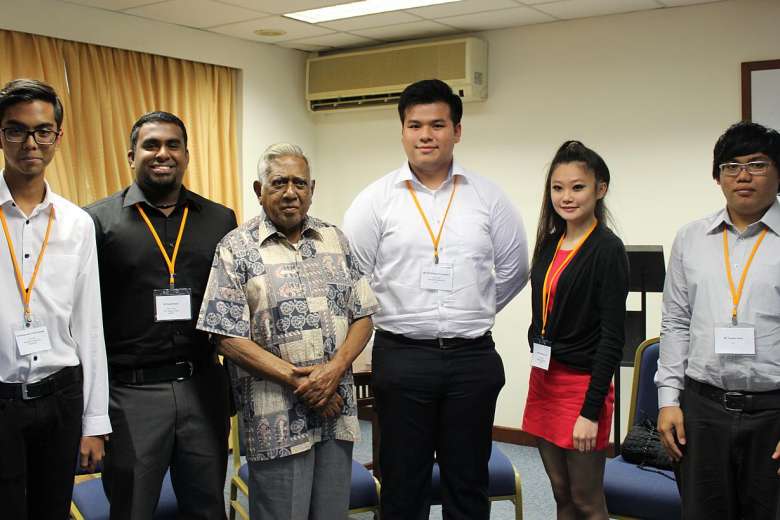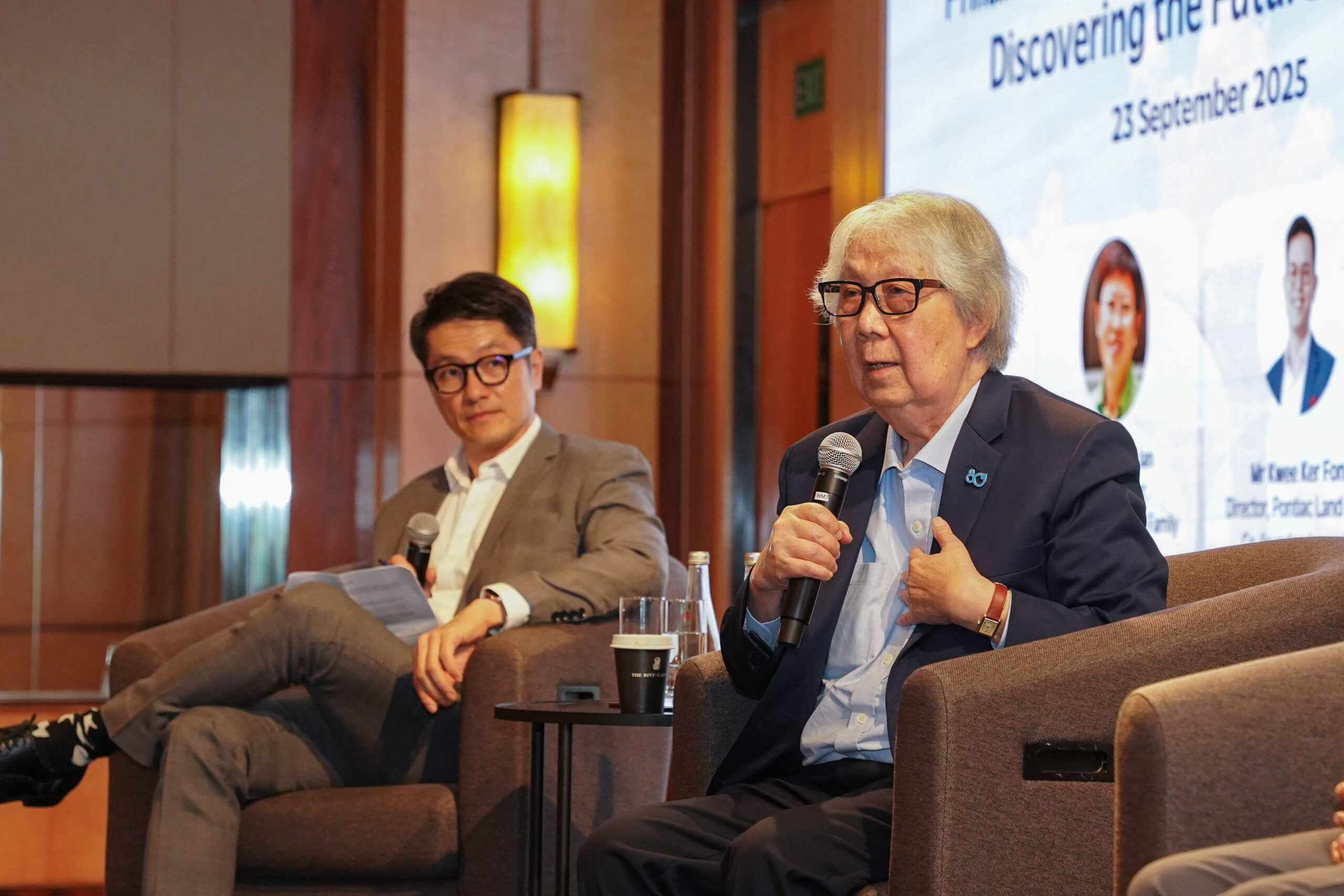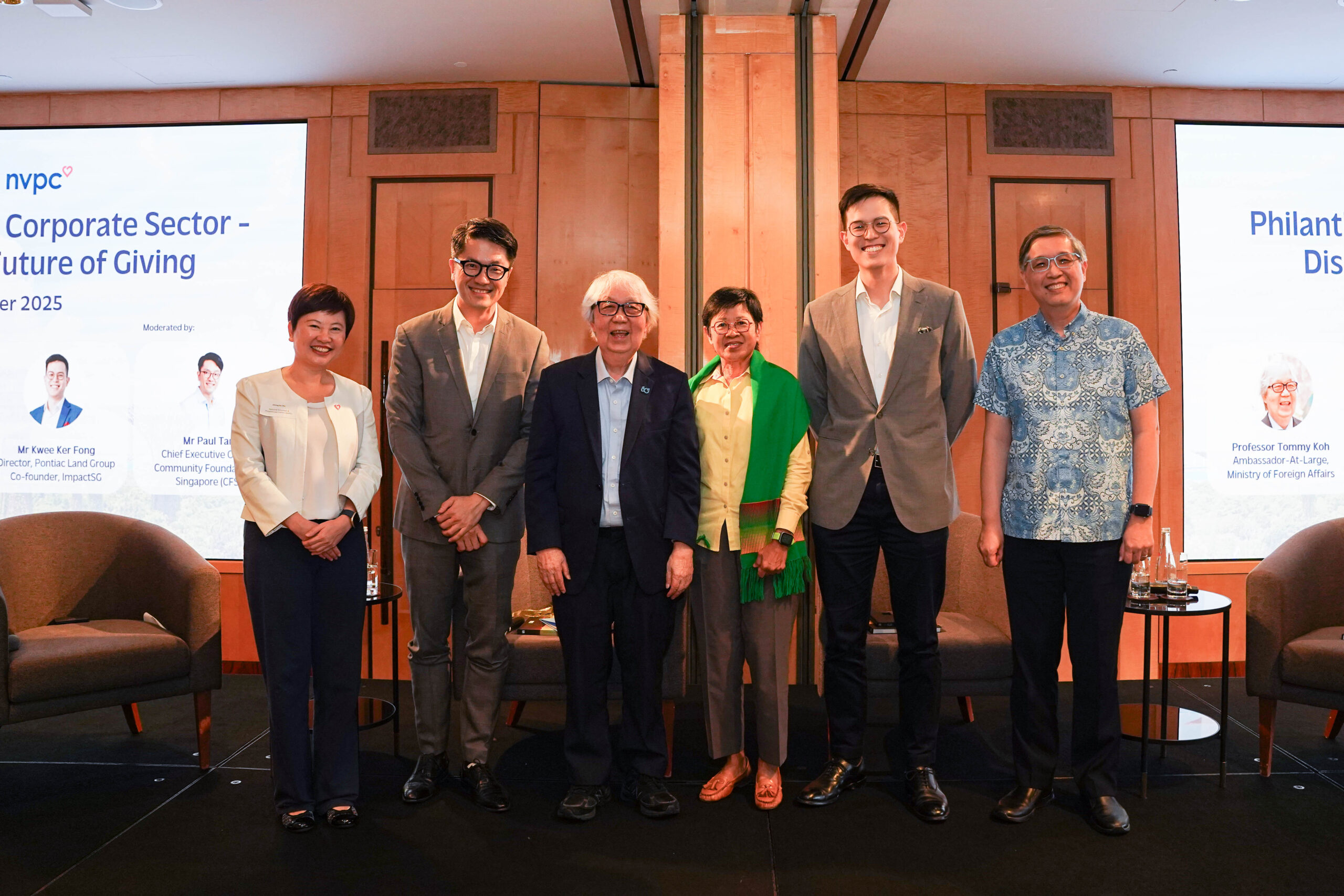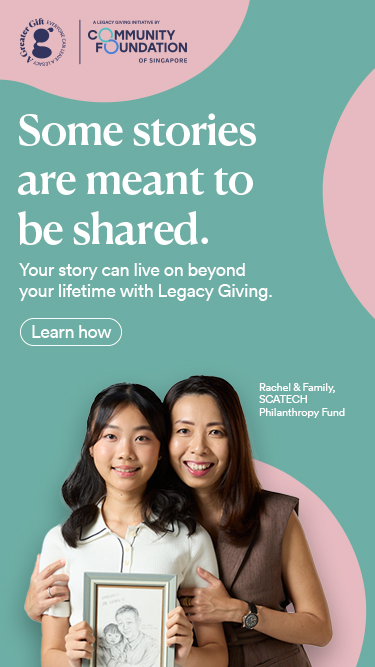Events
Recipients of S R Nathan Education Award meet former president over tea

John Doe
January 20, 2015
Jan 20, 2015

The recipients of the S R Nathan Education Award had tea with the former president at the Eurasian Community House on Saturday. The award is given to outstanding students who have been accepted into the Institute of Technical Education (ITE) or any of the five polytechnics. Read more.
The recipients of the S R Nathan Education Award had tea with the former president at the Eurasian Community House on Saturday. The award is given to outstanding students who have been accepted into the Institute of Technical Education (ITE) or any of the five polytechnics. Read more.



